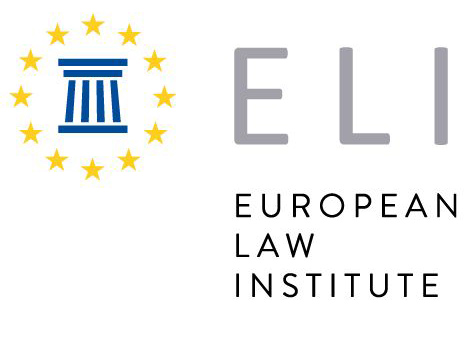Based on a comparative analysis of 15 country reports, the ELI Study offers a common interpretation of research and developments (R&D) and R&D expenditure and aims to strengthen pan-European Union R&D activities through a uniform approach to R&D, and thereby contribute to economic activity by removing barriers to the Single Market. The Study contains 10 Principles proposing new solutions to the lack of a uniform definition of R&D and R&D expenditure.
Georges Cavalier (Chair; Associate Professor, University of Lyon) opened the webinar by emphasising that, despite harmonisation of tax rules is being often debated nowadays, the harmonisation of tax concepts is not. However, before harmonising tax rules, one needs a common language, as tax concepts have precise meanings and the differences in tax system structures may not necessarily reflect the common understanding. To test this idea, the ELI Project Team selected to study R&D tax incentives, as EU Members States do not share the understanding of the concept of R&D in its entirety, and proposed a common approach to such incentives. He further elaborated on the methodology and outcome of the project, emphasising, among other things, the project’s importance in light of R&D being one the five targets to sustain economic development of the EU. R&D expenditures in the EU should amount to 3% of the EU’s GDP and R&D tax incentives are an important mean to achieve this goal. The output of the ELI Study could serve as an inspiration not only to the EU legislator, but also national legislators and tax authorities. It could also provide more clarity for taxpayers.
Ioanna Mitroyanni (Deputy Head of Company Taxation Initiatives Unit, European Commission) presented the European Commission’s work in the area. She explained that the EU is, due to the Treaties, rather limited to act in the area of R&D tax incentives. This is despite the fact that there might be a need to enhance R&D as the EU keeps falling behind in terms of speed in developing R&D and innovation compared to its major trading partners, such as the USA and China. Despite this, there are some developments in both input/output incentives in R&D; some solutions were proposed also in the European Commission’s proposal for a Common Corporate Tax Base (CCTB) Directive, which was, however, never agreed in the Council. In terms of output incentives, the Commission has done some work via the Code of Conduct Group, which dealt with patent and IP boxes. If there will be an agreement in the Organisation for Economic Co-operation and Development (OECD) on the so-called Pillar 2 on the minimum effective tax rate in the future, further changes can be anticipated in the area of output incentives for R&D.
Emer Hunt (Professor, University College Dublin) discussed the reasons why R&D tax incentives are interesting for legal academics, despite it being seen primarily as a topic of interest to practitioners. There is a valuable process in considering what is meant by R&D so that a common language as well as disagreements can be identified, leading to increased transparency. She reflected on the rationale for studying jurisdictional R&D, emphasising that tax law is a complex topic in both national and cross-border contexts. The ELI project with its mapping exercise conducted over 19 jurisdictions and legal analysis provided for a certain clarity on terminology, helping to consider the aim of having tax incentives for R&D, their efficiency and purpose as well as setting the stage for an interdisciplinary discussion on R&D.
Rémi Barnéoud, (Partner, Taj) addressed the importance of the ELI project from the perspective of practitioners. R&D incentives have been around for quite a long time in the EU; however, there has been a relative stagnation in this area in the last 10 years. R&D incentive policies are, however, important for several reasons. Firstly, they help to increase the EU’s attractiveness and competitiveness for investors, as compared to for example North America and Asia. Secondly, they allow for compensations of the relatively high corporate tax rates in the EU Members States. Thirdly, they can lower the most important cost of R&D in the EU, which is labour, as between 70-80% of the cost of an R&D project are labour costs. Lastly, they are also important for harmonising R&D eligible expenses across the EU. He further elaborated on the much-needed common definition of R&D in the EU, reflecting on Principles 2 and 10 of the ELI Study.
During the Q&A session, participants discussed the possibilities for the CCTB Directive to be adopted in the future and alternatives for unifying tax regulations in the EU, as well as the impact of the ELI Study in the field and need for further transparency on R&D tax incentives.
The recording of the webinar is available below.

